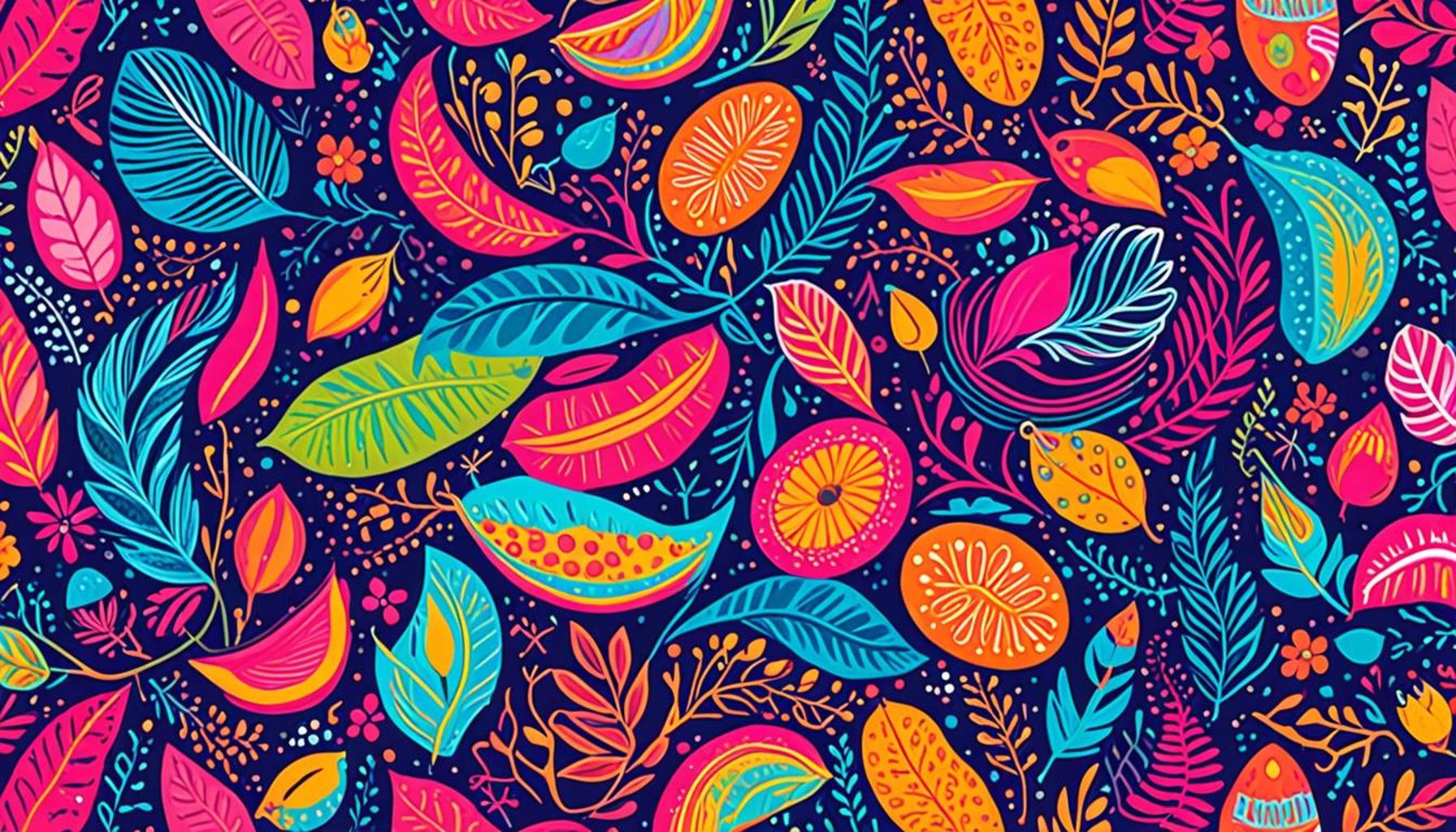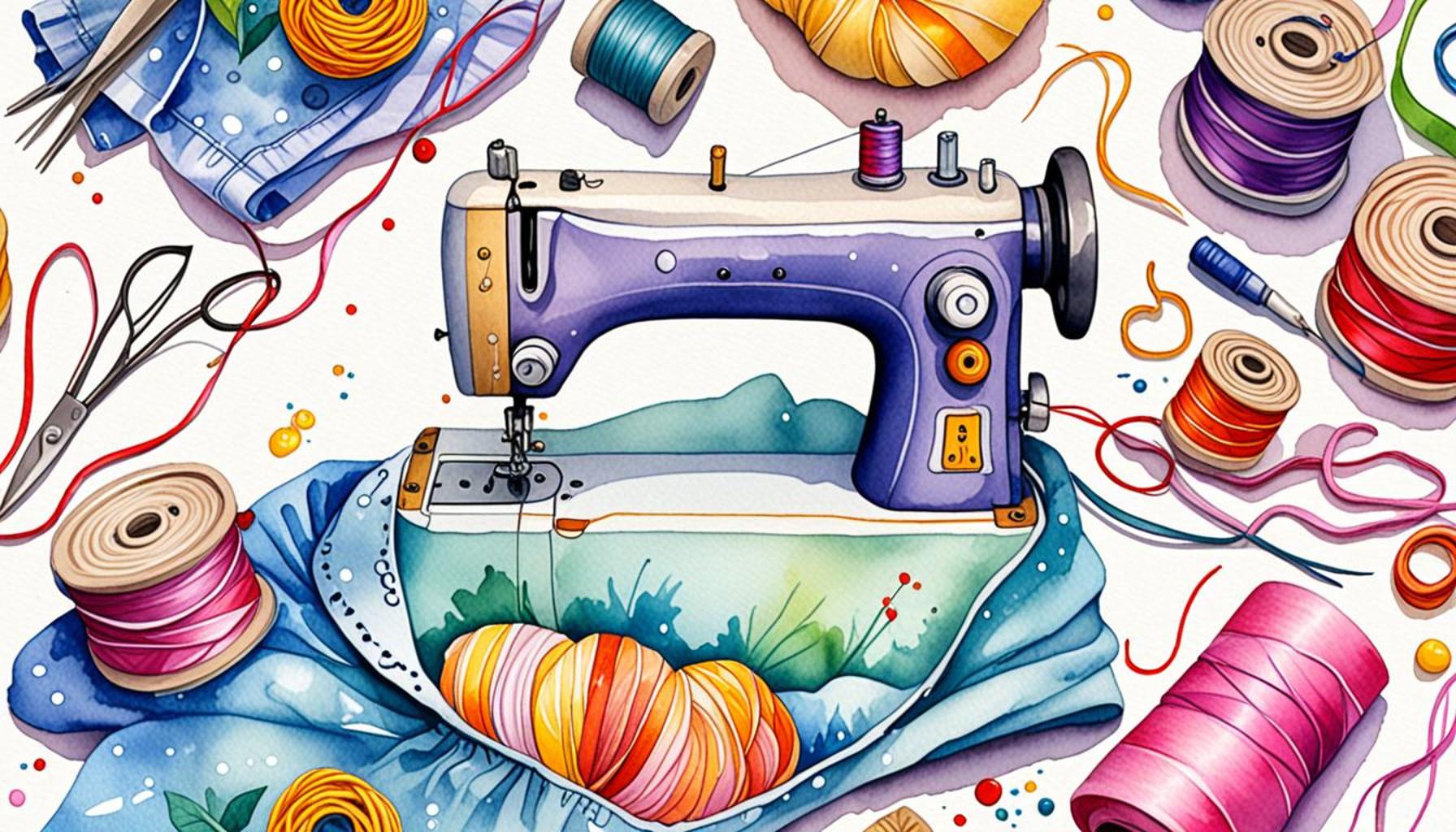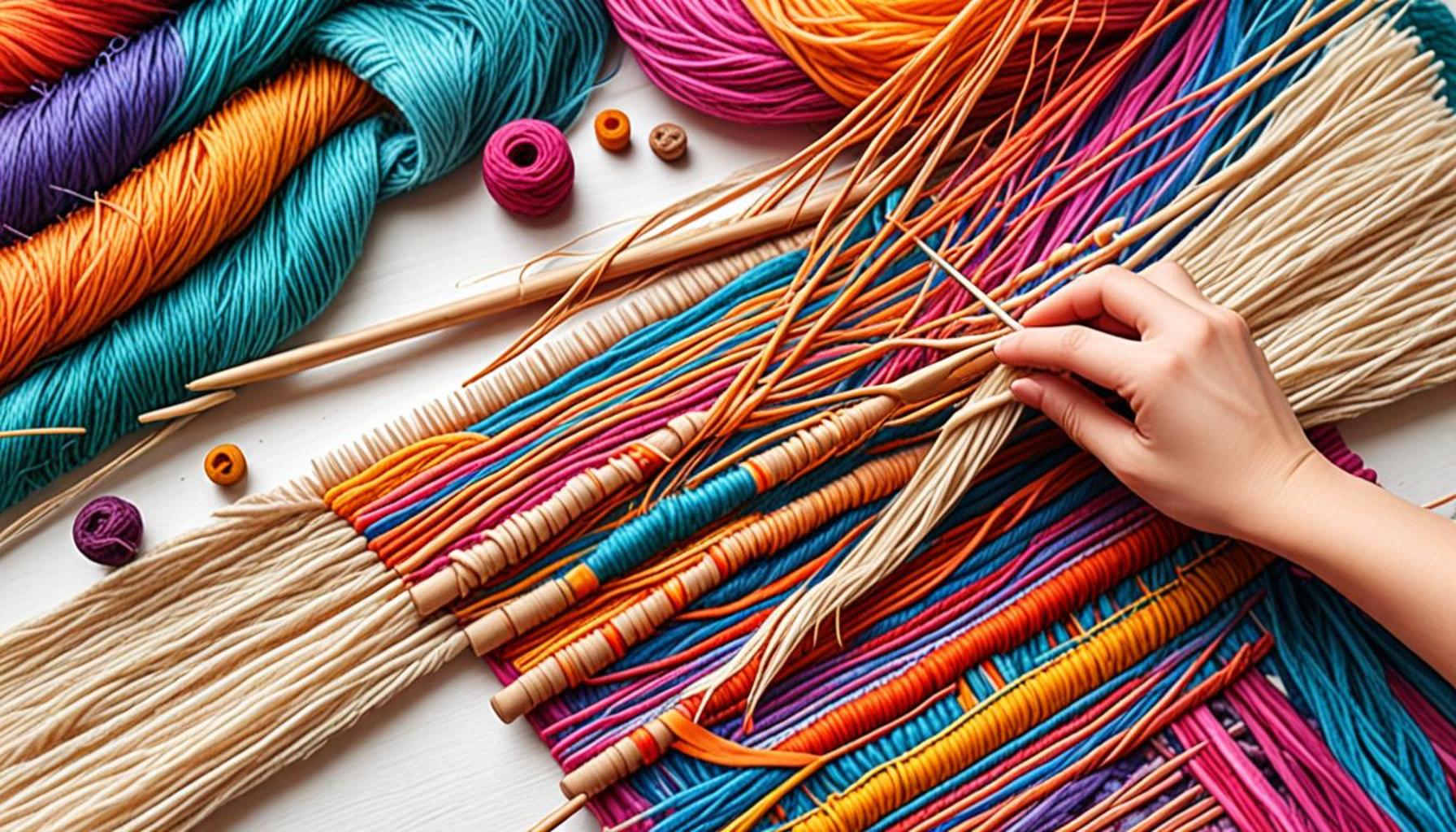Fabric Painting: Techniques to Transform Clothes and Accessories into Works of Art
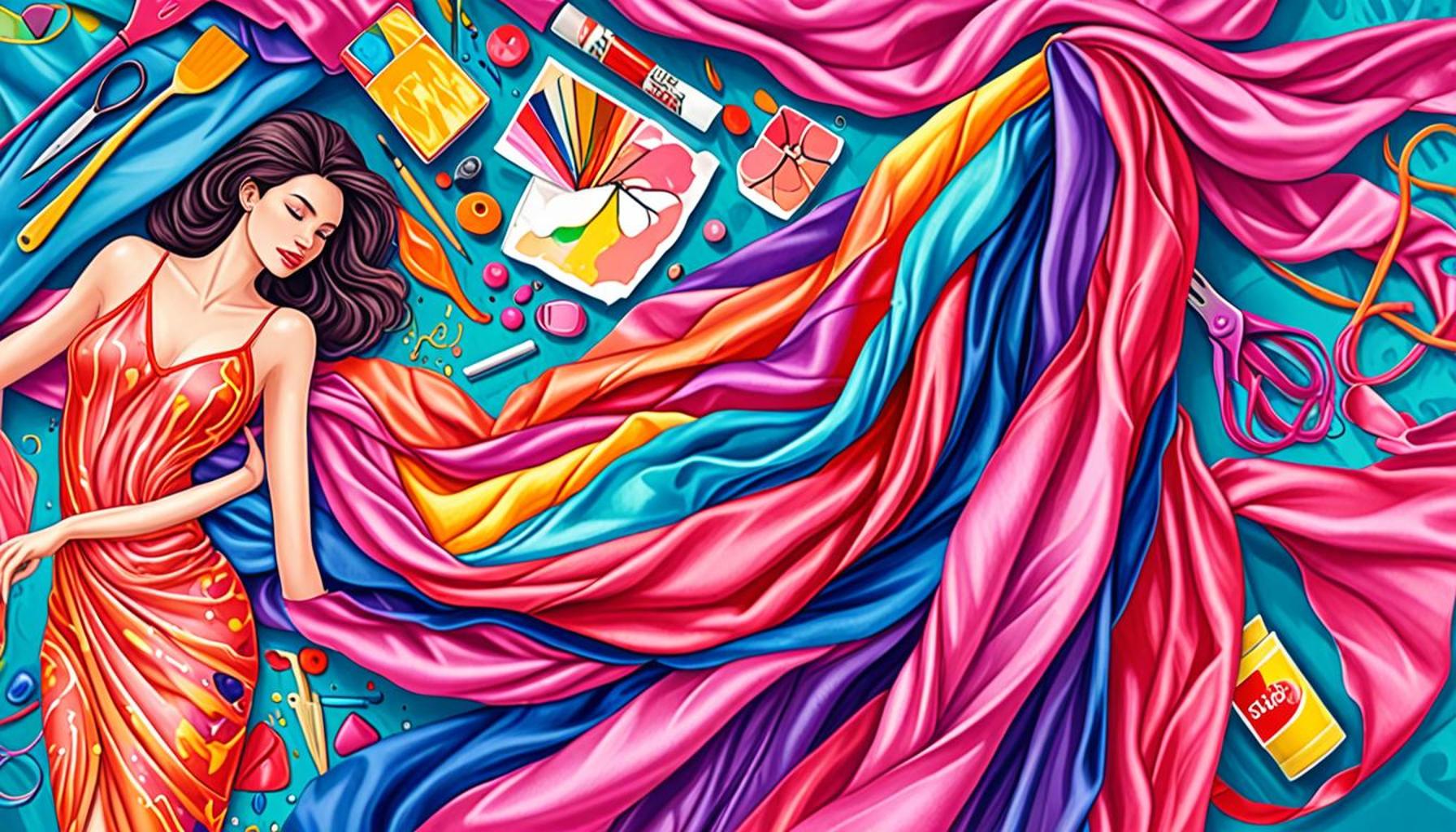
Unleashing Your Creativity with Fabric Painting
Fabric painting is not merely a passing trend; it is a transformative art form that breathes life into clothing and accessories. With the right techniques, even the most ordinary fabrics can become stunning masterpieces that not only enhance your wardrobe but also reflect your unique personality and style.
Whether you’re looking to revamp a tired shirt or add a personal touch to an accessory like a handbag or shoe, fabric painting presents an array of opportunities. This artistic endeavor allows you to express your individuality in a vibrant and creative manner. Here are some fascinating aspects to consider:
- Customization: Fabric painting allows you to create unique designs that stand out. Imagine turning a plain white tee into a canvas for your creativity, whether it’s with abstract splashes of color or intricate patterns. This kind of personalization ensures your items are one-of-a-kind, setting you apart from mainstream fashion.
- Accessibility: Engaging in fabric painting requires minimal tools and materials. Most people already have some basic supplies at home, such as fabric paint, brushes, or even sponge applicators. The low barrier to entry makes it accessible to all, from seasoned artists to complete beginners.
- Eco-Friendly: Fabric painting provides an opportunity to upcycle old clothing, turning what might be deemed waste into wearable art. By refreshing garments that might otherwise end up in landfills, you contribute to the reduction of textile waste while showcasing your sustainable style.
In Nigeria, fabric painting can also celebrate cultural heritage by incorporating traditional motifs and patterns. Local artisans often draw inspiration from rich fabrics like Ankara, known for its vivid colors and intricate designs, or the delicate techniques of batik. By blending these traditional elements with modern design, artists can honor their roots while showcasing their creativity. For instance, a simple dress adorned with a vibrant Ankara pattern can tell a story about the wearer’s cultural background and personal journey.
This medium not only allows for individual expression but also serves as a platform for storytelling through designs. Every brushstroke can symbolize a chapter in your life, a cultural reference, or an emotional experience. From whimsical designs inspired by nature to profound geometric patterns that evoke thought, the possibilities are boundless. As you delve deeper into fabric painting, you’ll encounter various techniques including stenciling, tie-dyeing, and freehand painting that will inspire you to transform simple items into true works of art.
Join us as we explore the vibrant world of fabric painting, unearthing the techniques that can turn your clothes and accessories into stunning pieces of self-expression. Embrace the opportunity to create and inspire, and you may find that your canvas is more than just fabric; it is a reflection of who you are.
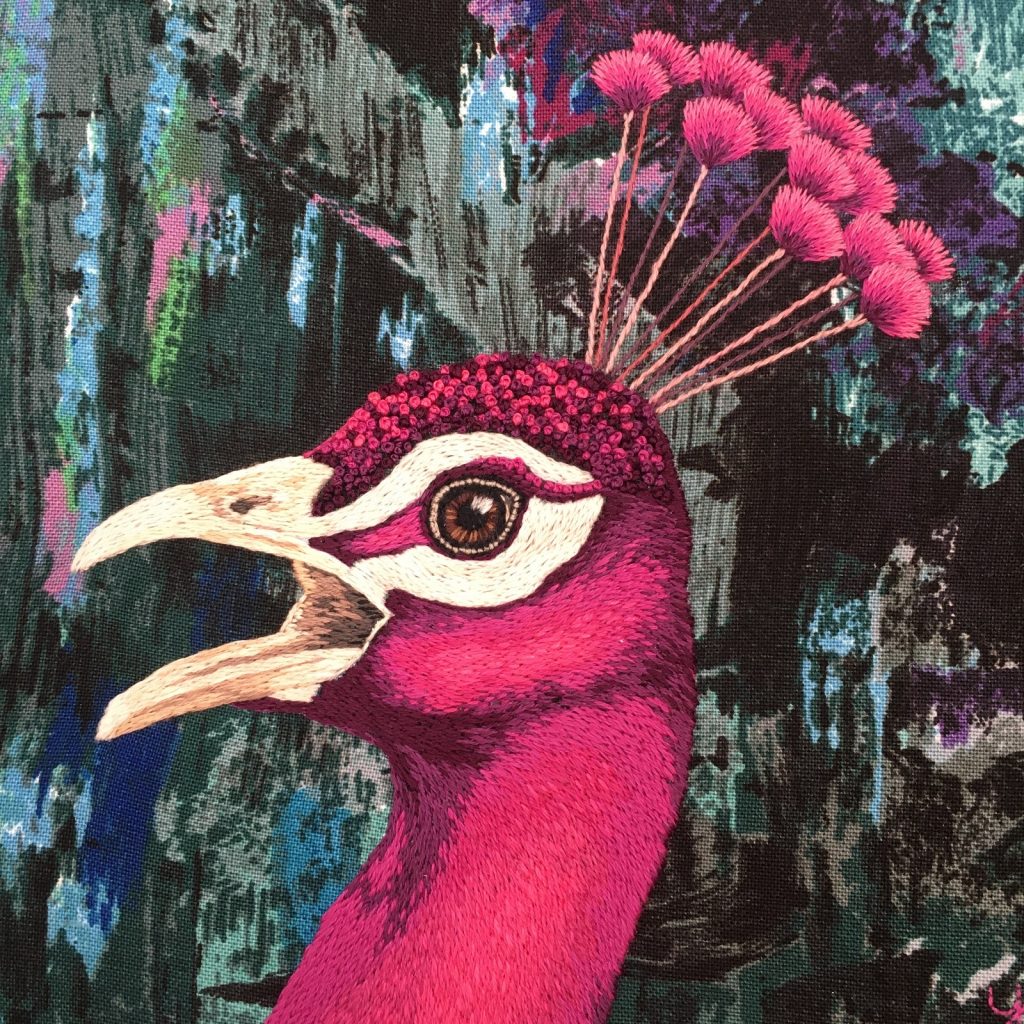
LEARN MORE: This related article may interest you
Essential Fabric Painting Techniques to Ignite Your Imagination
Embarking on a journey into fabric painting opens up a world of potential. With a few basic techniques, you can elevate ordinary textiles into extraordinary pieces of art. In this section, we will explore some of the essential fabric painting techniques that cater to various skill levels, allowing both beginners and seasoned artists to unleash their creativity.
1. Freehand Painting
One of the most liberating methods in fabric painting is freehand painting, which allows for spontaneous expression. With a variety of fabric paints available, you can use brushes of different sizes to create intricate designs or bold strokes directly on the fabric. From floral motifs to abstract patterns, the only limit is your imagination. This technique is perfect for those looking to express personal stories or cultural elements, especially when incorporating designs that resonate with Nigerian heritage.
2. Stenciling
For those who appreciate precision, stenciling is an excellent technique. By creating templates of desired shapes or letters, you can achieve clean and uniform designs. This method is especially popular for adding logos, quotes, or repeated patterns to clothing and accessories. Simply place the stencil on your fabric, secure it with tape, and apply the acrylic or fabric paint using a brush or sponge. With this approach, you can easily create stylish items that reflect your personality while ensuring a professional finish.
3. Tie-Dye Techniques
Tie-dye is a classic fabric painting method that has made a stunning comeback in recent years. This technique involves folding, twisting, or pleating fabric and binding it with string or rubber bands before applying dye. The result? Unique, swirling patterns that are vibrant and eye-catching. Tie-dye allows for a broad spectrum of color applications; you can use natural dyes made from local plants or commercially available dyes for an explosive array of colors. In Nigeria, the use of local materials like hibiscus can produce stunning effects, showcasing the beauty of sustainable practices through creative methods.
4. Batik
Batik is another captivating technique that involves applying wax to fabric before dyeing it. The wax resists the dye, resulting in intricate and often traditional patterns. This ancient technique has roots deep within various cultures, and its adaptation in Nigerian art can be seen in various community practices. Engaging in batik not only results in striking designs but also connects you to rich artistic traditions, making each piece a celebration of heritage.
5. Fabric Markers and Pens
For those who prefer fine details or want to add embellishments to existing designs, fabric markers and pens are ideal. These tools allow for precise control, enabling you to draw directly onto the fabric or enhance your painted designs with fine lines and intricate details. They are particularly effective for adding text or outlines to your creations. The versatility of fabric markers makes them a staple for both beginners and more experienced artists looking to refine their work.
As you explore these fabric painting techniques, remember that practice is key. The more you experiment, the more versatile your skills will become, paving the way for stunning transformations of your clothes and accessories into true works of art. So, gather your supplies, and let your creativity shine through fabric painting!
| Techniques | Advantages |
|---|---|
| Screen Printing | Allows for precise, intricate designs and rapid reproduction. |
| Stenciling | Offers versatility for different patterns and textures, enhancing creativity. |
| Freehand Painting | Promotes individual artistic expression and unique, one-of-a-kind pieces. |
| Acrylic Pouring | Creates mesmerizing, fluid designs that capture attention. |
The various techniques in fabric painting are not just about aesthetics; they also expand the realms of creativity, offering different approaches to transforming fabric into art. Each method has distinct advantages that cater to diverse artistic visions. For instance, screen printing excels in its ability to replicate designs efficiently, making it a favorite among those looking to produce wearable art in bulk. Meanwhile, stenciling provides the artist with a wide array of patterns to choose from, streamlining the process and inviting innovation.Moreover, the practice of freehand painting is essential for those who cherish the freedom to express their unique vision without constraints. Acrylic pouring stands out as a technique that brings a sense of dynamic movement and unpredictability, infusing fabrics with life while allowing artists to explore the effects of color and fluidity.Each of these techniques not only highlights the transformative power of fabric painting but also opens new avenues for experimentation and personal expression. As you delve deeper into these methods, you’ll uncover how they can turn simple clothing and accessories into remarkable artworks that resonate with individuality and style.
RECOMMENDED: Check out this similar article
Advanced Fabric Painting Techniques to Elevate Your Craft
As you gain confidence in the essential fabric painting techniques, you may find yourself yearning for more intricate and dynamic methods to further your artistic expression. Advanced techniques can add depth, texture, and unique flair to your textile projects. In this section, we delve into a range of innovative fabric painting techniques to inspire you and enhance your creations.
6. Screen Printing
Screen printing is a versatile and popular technique that allows artists to produce multiple copies of the same design. This method involves creating a stencil (or screen) that is stretched over a frame. After placing the screen on the desired fabric surface, ink is pushed through the mesh using a squeegee. Whether you are printing bold graphics or intricate patterns, screen printing is an excellent way to achieve professional-quality designs, making it particularly popular for clothing lines in Nigeria. Local artisans often collaborate on unique designs that reflect cultural themes, allowing you to wear a piece of art that celebrates heritage.
7. Spraying and Splatter Techniques
For those who prefer a more adventurous approach, spraying and splatter techniques can create stunning and abstract effects. Using spray bottles or airbrushes, you can apply fabric paint in varied concentrations for a gradient or ombre look. Additionally, splattering paint using brushes adds an element of spontaneity, perfect for achieving vibrant, modern themes. This technique offers limitless creative potential, encouraging artists to experiment and embrace imperfections as part of their masterpiece.
8. Fabric Appliqué
An engaging and layered technique, fabric appliqué involves sewing or adhering smaller pieces of fabric onto a larger textile base. This method not only adds texture and a three-dimensional aspect to your designs but also allows for the incorporation of different fabrics, patterns, and textures. In Nigeria, combining traditional prints with modern fabrics can result in visually striking items. From accessories to clothing, appliqué provides a unique opportunity to make bold fashion statements that tell a story.
9. Sashiko and Embroidery Techniques
While primarily known as a form of mending, sashiko and various embroidery techniques have become prominent in fabric painting by adding artistic details. Sashiko, a Japanese technique characterized by decorative reinforcement stitching, can be adapted to create beautiful patterns on fabric. Similarly, conventional embroidery provides endless options to embellish and narrate through stitches. Incorporating these techniques into fabric painting enhances your pieces with intricate details, allowing personal expression while connecting to historical needlework traditions.
10. Eco-Friendly Fabric Painting
As awareness shifts toward sustainability, eco-friendly fabric painting techniques have gained traction. Exploring natural dyes derived from local plants, fruits, or vegetables not only reduces the environmental impact but also connects your work to nature. Ethically sourced dyes such as those from indigo or moringa trees allow you to create rich and earthy hues. In Nigeria, this approach reinforces the idea of celebrating local resources and promoting sustainable practices within the community, inspiring artists to blend traditional methods with modern applications.
With these advanced fabric painting techniques at your disposal, you can deepen your artistic practice and push the boundaries of what can be accomplished through textiles. Every stroke, cut, or stitch becomes a part of your unique narrative, turning clothing and accessories into cherished works of art that reflect individual stories and cultural heritage. As you explore these methods, embrace experimentation and let your artistic voice resonate through every creation.
ADDITIONAL INSIGHTS: Expand your understanding here
Conclusion: Embracing the Art of Fabric Painting
In conclusion, fabric painting opens up a vibrant world of creativity, allowing artists and fashion enthusiasts alike to transform ordinary clothing and accessories into stunning pieces of art. The techniques explored—from screen printing to eco-friendly fabric painting—provide versatile avenues for expression, enabling individuals to add their unique touch to textiles. As you delve into these methods, remember that the journey of artistic exploration is just as important as the finished product.
Moreover, leveraging local resources, such as indigenous plants for natural dyes, underscores the significance of cultural heritage in our creations. By incorporating traditional techniques like sashiko or fabric appliqué, artists can celebrate their roots while creating modern, visually striking designs that resonate within communities. This reinforces a sense of identity and pride, particularly in diverse cultural landscapes like Nigeria.
As you embark on your fabric painting journey, embrace mistakes as part of the artistic process and experiment boldly with colors, textures, and patterns. Each stroke could tell a story, and every item crafted could carry a personal or cultural narrative. Let your imagination be the guide, and take this opportunity to create wearable art that not only serves a functional purpose but also instills beauty and meaning. The canvas is limitless, and the potential for innovation is boundless—it’s time to transform your wardrobe into a gallery of colorful stories.
